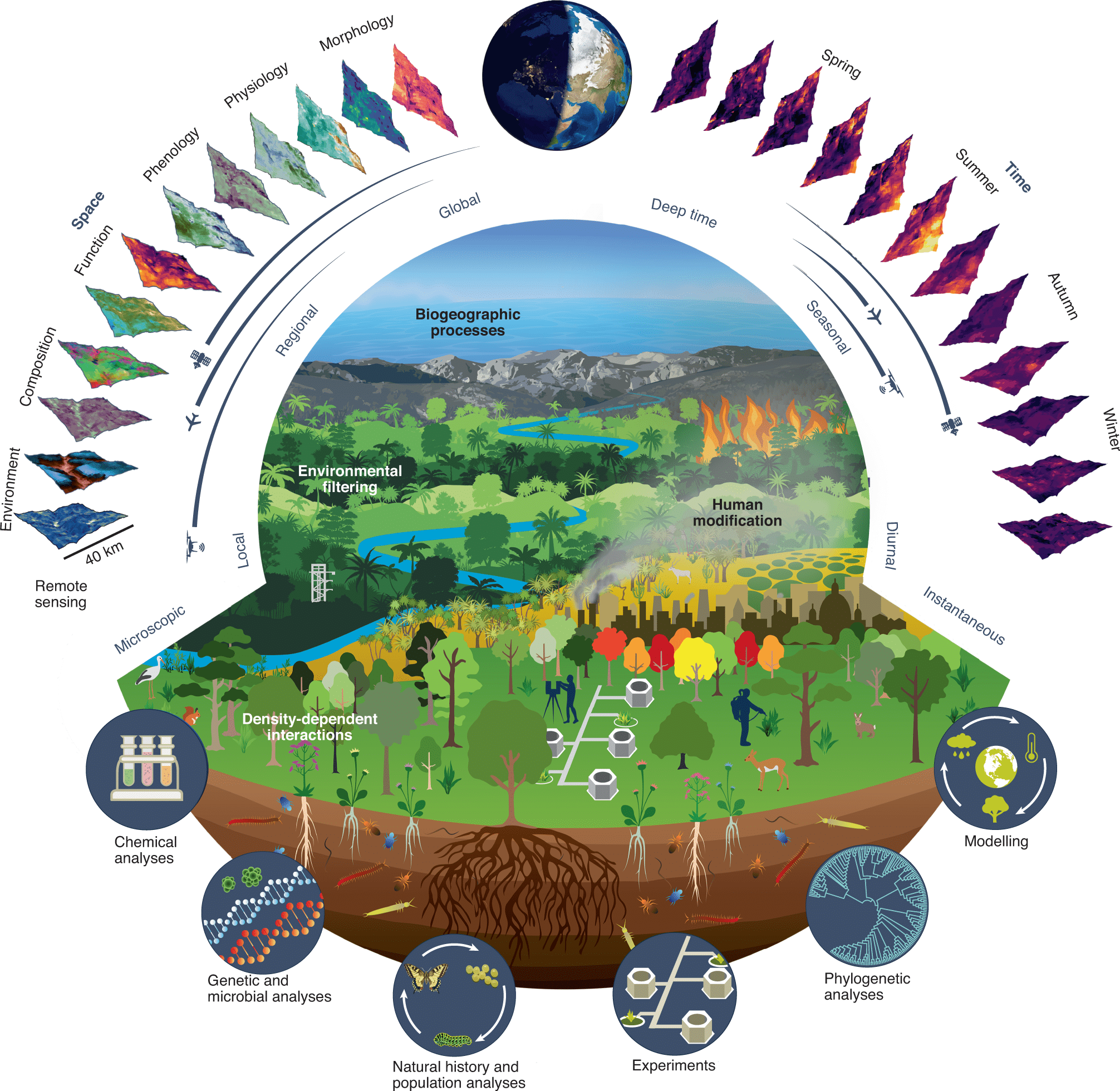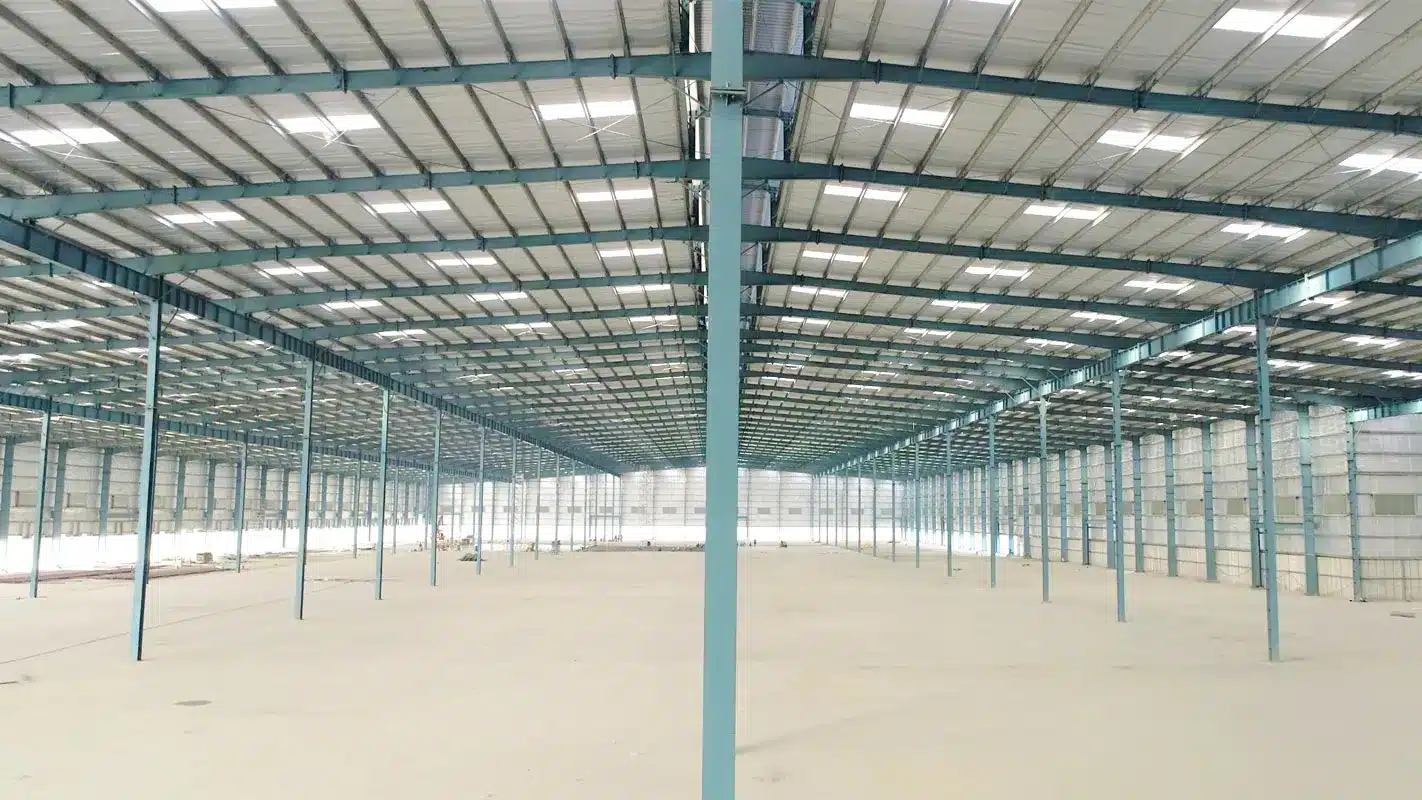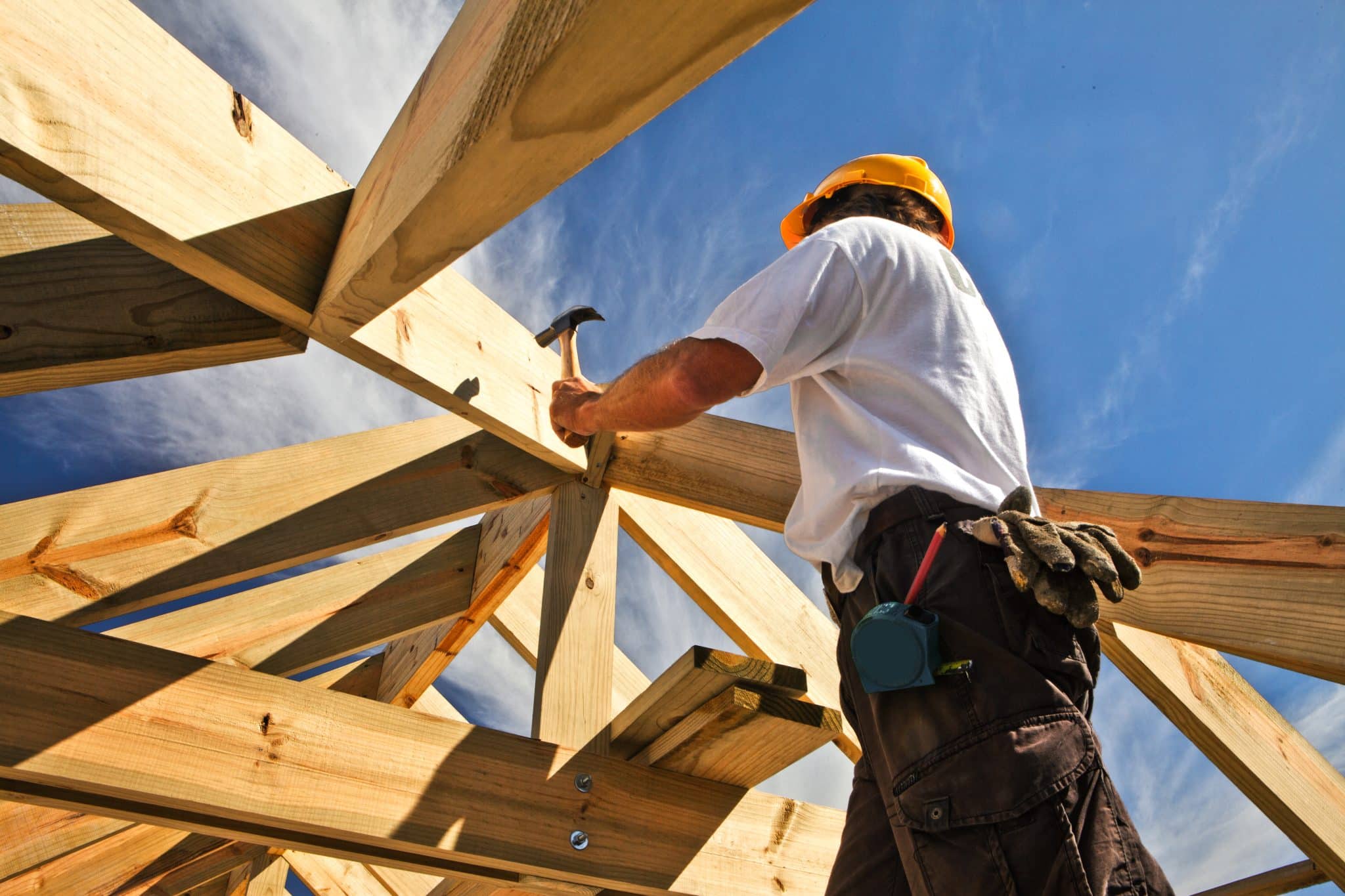Cooperative Living and its Eco-conscious Evolution
In a rapidly urbanizing world, more people are looking for housing solutions that emphasize community, collaboration, and environmental responsibility. Cooperative living, or co-housing, is emerging as an answer to these needs, offering shared living spaces that integrate sustainable practices and communal decision-making. One of the critical aspects these communities address is their shared environmental responsibilities, emphasizing measures such as soil remediation and oil tank removal.
Shared Spaces, Shared Responsibilities
Cooperative housing communities emphasize collective ownership and management. These shared responsibilities naturally extend to the environment. Within such communities, decisions about land use, building materials, and energy sources often reflect a heightened sense of eco-awareness.
For instance, when issues of Groundwater Contamination arise, cooperative living communities are quicker to respond because they recognize the shared stakes. Instead of waiting for external parties to step in, these communities pool resources, expertise, and manpower to address and mitigate the problem.
Addressing Legacy Environmental Issues
Many co-housing communities are established in repurposed buildings or plots, which might come with legacy environmental issues. Oil tanks, a standard feature in older properties, can pose significant environmental hazards, especially if they leak. In cooperative housing settings, the community collectively decides on oil tank removal, ensuring that the process is safe, compliant with local regulations, and minimally disruptive to residents.
Furthermore, soil remediation becomes a community-led initiative. Recognizing the importance of clean soil for community gardens and the overall health of the environment, members collaborate to test, treat, and monitor soil quality, ensuring it remains free from contaminants.
- Promoting Green Practices: Beyond addressing contamination issues, cooperative living communities often champion other sustainable practices:
- Rainwater Harvesting: Many co-housing communities install systems to collect and store rainwater, reducing their reliance on municipal water and promoting water conservation.
- Shared Transportation: With an emphasis on reducing carbon footprints, these communities might invest in shared electric vehicles, bicycles, or even carpooling schedules to minimize individual vehicle usage.
- Community Gardening: By growing their produce, cooperative housing members not only enjoy fresh food but also ensure they cultivate without harmful pesticides or unsustainable farming practices.
- Recycling and Waste Management: Emphasizing the reduction of waste, these communities set up shared recycling stations and composting areas and even run educational sessions on waste minimization.
Educational and Outreach Initiatives
A crucial element in cooperative living communities is the emphasis on continuous learning and outreach. Knowledge about environmental stewardship doesn’t stay within the confines of the community; it’s disseminated to ensure broader societal change.
- Workshops and Training: Many co-housing communities organize regular workshops on environmental topics. Whether it’s a hands-on session about oil tank removal, understanding the intricacies of groundwater contamination, or a seminar about sustainable agriculture, these sessions empower residents with knowledge.
- Open Days: Cooperative living spaces often hold open days where outsiders can visit, learn about their sustainable practices, and perhaps even get inspired to incorporate some of these practices into their lives. During these events, the community showcases its eco-achievements and offers a platform for interactive discussions.
- Collaboration with Local Institutions: Co-housing communities often partner with local universities, NGOs, and environmental organizations. These partnerships foster research, bring in expertise, and provide the community with access to resources they might not have on their own.
Green Technology Integration
Technology plays a significant role in aiding these communities in their eco-journey:
- Solar Panels: Many cooperative living spaces invest collectively in solar panels, ensuring they harness clean energy and reduce their dependence on non-renewable sources.
- Smart Water Systems: Utilizing technology, these communities can monitor water usage in real-time, detect leaks, and ensure that water is used judiciously.
- Environmental Monitoring: With the use of sensors and other tech tools, co-housing areas can monitor soil health, air quality, and other environmental indicators. This data-driven approach ensures timely interventions and a better quality of life for residents.
Challenges and Solutions
While the cooperative living model offers many environmental advantages, it’s not without challenges. Decision-making in a collective environment requires consensus, which can sometimes lead to delays. However, with clear bylaws and decision-making frameworks, many communities navigate these challenges effectively.
Another potential challenge is the initial financial outlay for green technology or remediation efforts. Yet, the long-term savings, both financial and environmental, often outweigh these initial costs. Additionally, communities often explore grants, partnerships, or community crowdfunding to mitigate these expenses.
Future Outlook
As urban areas continue to grow, the need for sustainable, community-driven living arrangements becomes even more critical. Cooperative living, with its emphasis on collective responsibility and environmental stewardship, offers a blueprint for the future. By addressing challenges head-on and continuing their emphasis on shared learning and adaptation, co-housing communities can play a pivotal role in driving global sustainability efforts.







